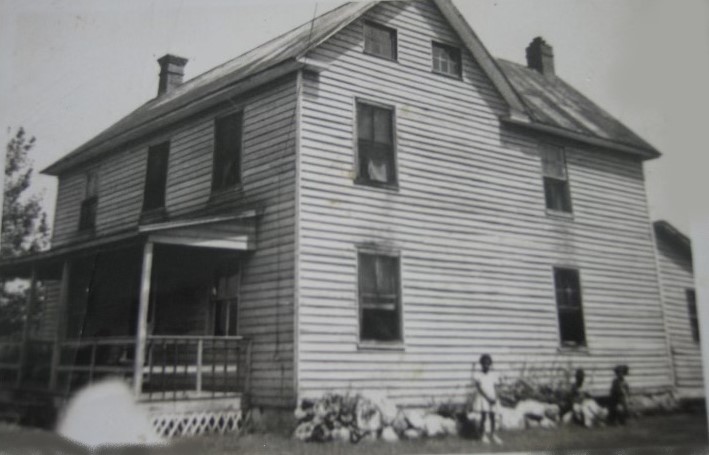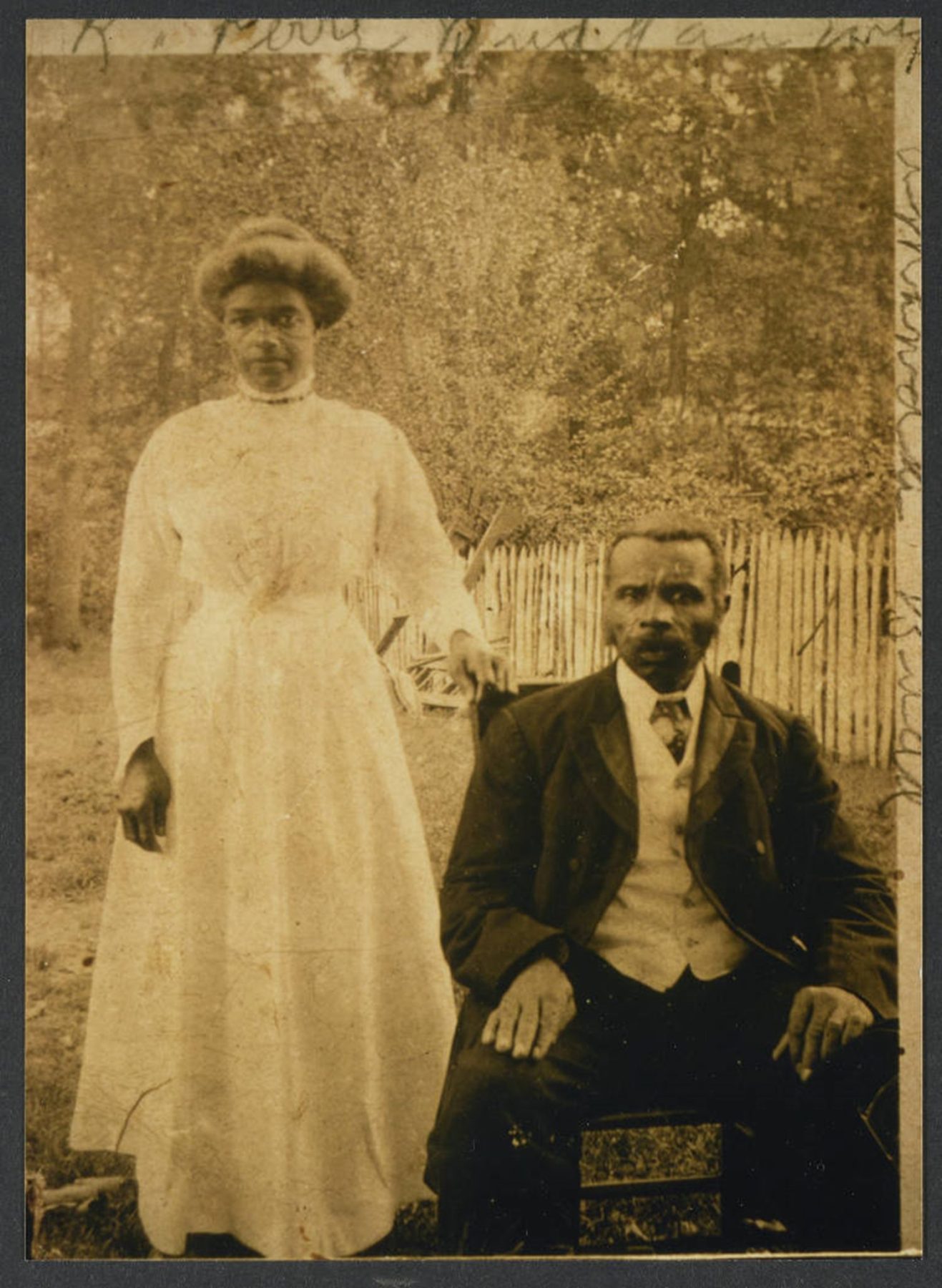The Rose-Budd House, the ancestral home of the Budd, Riggs, and Rose family built by Perry Budd in 1912 is located at 18583 Brooke Road, Sandy Spring. At the owners’ request, the property is under consideration for designation in the Master Plan for Historic Preservation.

Adopted by the County Council in 1979, the Master Plan for Historic Preservation is the County’s preservation planning document. It includes the list of all officially designated historic sites and districts. Designation of a single property or entire district as a Master Plan historic site or historic district signifies that the particular site or district has been researched carefully by preservation specialists and, through review by the Montgomery County Historic Preservation Commission (HPC) and the Planning Board and by vote of the Montgomery County Council, determined to be of special historic significance and, therefore, to be protected under the Montgomery County Code, Chapter 24A, Historic Resources Preservation.
Designation in the Master Plan for Historic Preservation: 1) recognizes significant architectural and cultural sites; 2) protects buildings and neighborhoods from demolition; 3) manages exterior alterations to resources; 4) provides owners with information on care, restoration, and preservation; and 5) qualifies owners for special tax benefit programs.
Historic significance

The Rose-Budd House, a two-story home nestled behind a distinctive hedge on Brooke Road, has stood in the Black community in Sandy Spring for over a century. Constructed ca. 1912 by Perry Budd (Richard Perry Budd), it has remained almost constantly in the possession of his descendants since then, largely through matrilineal descent.
The Budd family, present in Sandy Spring since the early 1800s, were founding settlers of several of the mid-nineteenth century free Black communities in the Sandy Spring area, and every generation of the Budd family contributed not only to key causes which empowered the growth of the Black community, but to the operations and social and physical development of the Sandy Spring Quaker lifestyle. J.T. and Samuel Budd are identified as some of the founders of the Sharp Street Church, and Richard Perry Budd was one of earliest members of Jerusalem Mt. Pleasant United Methodist Church. Eighteen acres of Richard Perry Budd’s estate on Brooke Road were sold for the construction of the Maryland Normal and Agricultural Institute, the trade school established in Sandy Spring for Black students. The Budds worked in critical professions within the community. Richard Perry Budd and Samuel Budd, operated a blacksmith shop together to the west of the current Budd House on Brooke Road. Records indicate that Richard Perry Budd and Daniel Budd, Jr., were employed as blacksmiths for several prominent Quaker families such as the Bentleys, and may have aided in the construction of Master Plan Historic Sites including Cloverly (M:28-65), Oakleigh (M:28-64), and Bloomfield (M:28-63), which were built by the Bentleys in this era. Receipts demonstrate work completed for the Bentleys on the Brookeville Academy and the Sandy Spring Store (M:28-11).

Perry Budd was a beneficiary of the early educational opportunities for Blacks available in Sandy Spring. He was able to attend the Sharp Street School, the first school for Black children in Montgomery County, established by the community with the support of local Quakers before the School Board provided any public schooling to the county’s Black children. Perry Budd received a university degree from the Centenary Biblical Institute, now Morgan State University, one of the oldest historically Black colleges in the United States. He began teaching in Montgomery County in 1887 at the Linden School and taught for at least thirteen years before being appointed as a trustee to the school in Sandy Spring by the School Commissioners in 1905. Perry Budd took advantage of his academic opportunity and invested into his community, where he educated decades of Montgomery County students.
The Rose-Budd House is one of the few remaining extant structures from the early twentieth century along Brooke Road which embodies the longstanding and historical middle-class Black community in Sandy Spring, and one of the only historic resources associated with the Budd family. The house is locally significant for its association with the growth and development of Sandy Spring’s Black community and for its association with Perry Budd and his family.
Process
Designation of resources to the Master Plan for Historic Preservation is a multi-step process that requires the review of the Historic Preservation Commission (HPC), the Planning Board, and the County Council. Members of the public can participate and comment at each step of the process.
Historic Preservation Commission
On Wednesday, July 23, 2025, the Historic Preservation Commission held a worksession and public hearing to discuss whether the Budd House satisfied the designation criteria for listing in the Master Plan for Historic Preservation and voted unanimously to recommend that the Planning Board and County Council designate the resource as a Master Plan Historic Site.
On Thursday, December 4, 2025, during their regular meeting, the Montgomery County Planning Board will hold a worksession and public hearing to discuss whether the Rose-Budd House satisfies the designation criteria for listing in the Master Plan for Historic Preservation and will vote on whether to add the site to the Locational Atlas and Index of Historic Sites and recommend that the County Council designate the resource.
Staff contact
Serena Bolliger
301-495-1329
Email